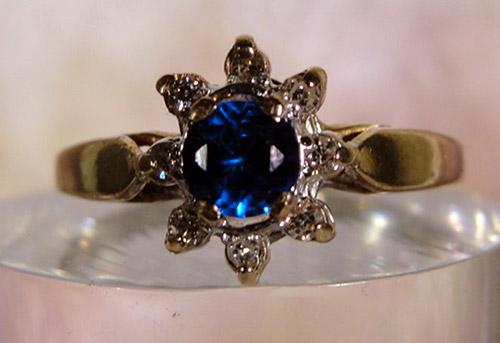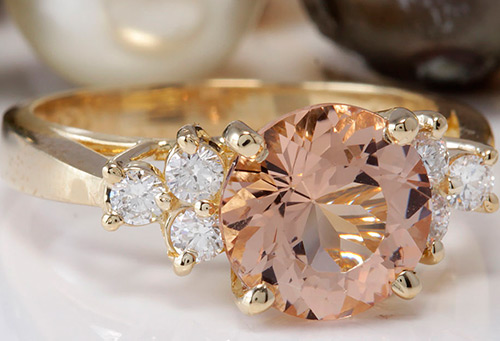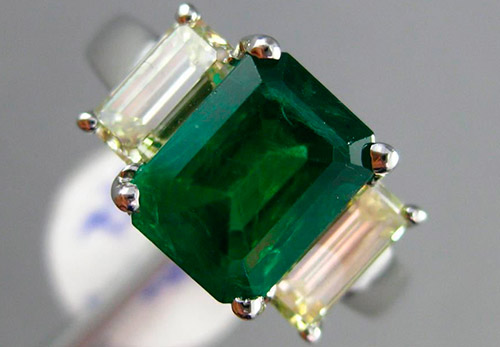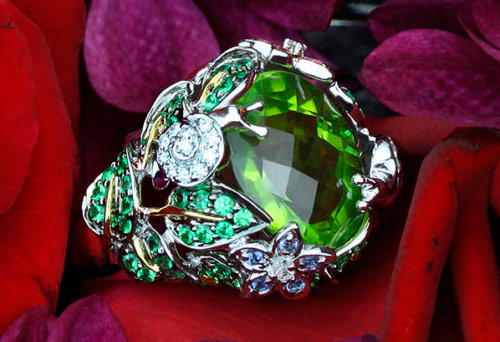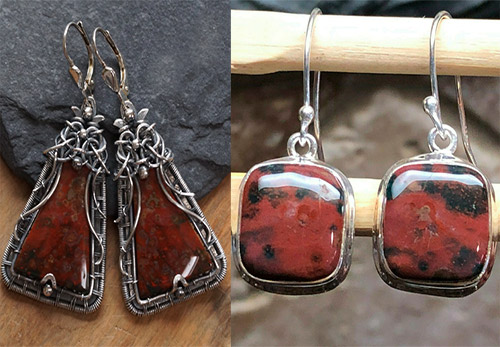Jewelry
Chrysolite stone - history and properties of the stone
In modern jewelry art, non-standard solutions are often made using various stones, which for many may be unknown. However, products with them look luxurious, expensive and unusual. Chrysolite is a stone that has been known since antiquity, it is sometimes called "evening emerald", but the attitude towards it was not always the same.
Olivine. Its color is most often olive green, which is why it is called olivine. Precious transparent olivine varieties with golden-green hues are called chrysolites or peridots. Chrysolite is a silicate of magnesium and iron - (Mg, Fe) 2 [SiO4].
Chrysolite from the Greek chrysos - gold and lithos - stone, that is, a golden stone. Glass luster. But its crystals can have different shades of green - mustard, tobacco, pistachio, golden, herbaceous. Chrysolite is a rather fragile stone.
This stone is highly prized by jewelers. It has been known since antiquity. But the attitude towards him was not always the same. He gained particular popularity in baroque era, then in the 60s of the XIX century. At the beginning of the twentieth century, he again found himself at the peak of popularity in connection with the "green fashion".
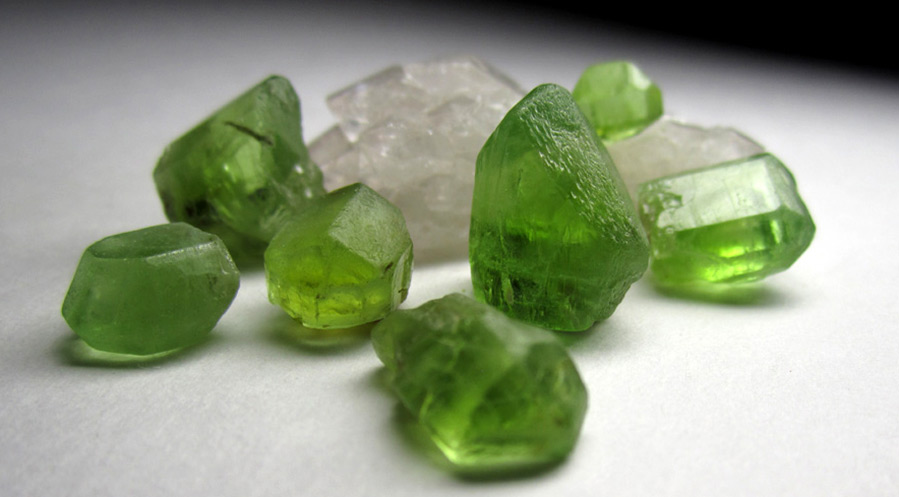
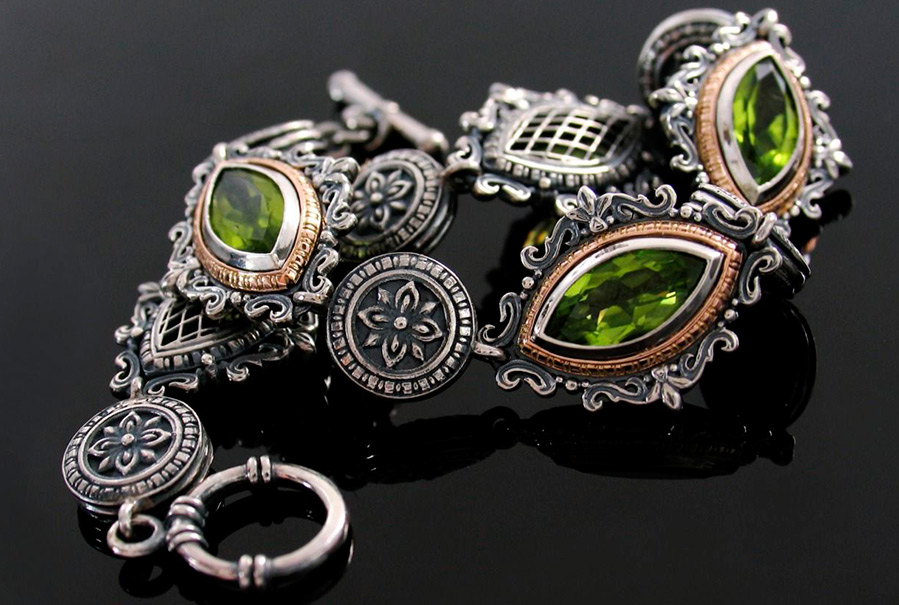
The stone was highly prized among jewelers and gem aficionados. It is still used today in the form of inserts into jewelry. The golden green color of chrysolite requires a gold setting. The faceted stone sparkles, yellow-green hues shimmer, reflected in the gold of the setting. Its beautiful golden green color, transparency and luster enable jewelers to create unique pieces.
Rings with chrysolite are extremely rare, as the stone can quickly be scratched. Mostly brooches, earrings and necklaces are decorated with chrysolite inserts. Jewelers constantly compete with nature, and thus create masterpieces.
One of the first chrysolite deposits, researchers call the volcanic island of Zaberget in the Red Sea. There are chrysolites in Brazil, South Africa, the USA, Zaire, Russia, and are also found in Norway. However, today the main suppliers are Burma and Pakistan.
They learned about this stone from the crusaders, it was they who brought it to Europe. In the Middle Ages, they were decorated with church utensils, the regalia of monarchical power. For this stone, tabular, stepped and occasionally brilliant cut are often used.
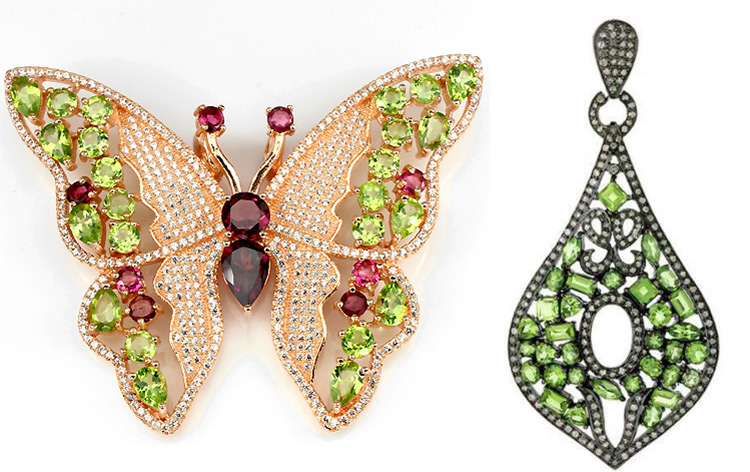
Large crystals of chrysolite are quite rare. The largest faceted chrysolite at 310 carats was found on the island of Zaberget, it is stored at the Smithsonian Institution in the United States. Chrysolite of 287 carats (from Burma) is also stored there. Chrysolite of 192.6 carats is exhibited at the Diamond Fund of Russia. Large crystals can be seen in Vienna and the Geological Museum of London.
Chrysolite can be confused with other transparent green stones such as beryl, chrysoberyl, demantoid, etc., including emeralds. Chrysolite is sometimes called "evening emerald". Indeed, it looks like some varieties of emerald. And this can be confirmed by the famous "Emerald of Nero", which is kept in the Vatican, in fact, it turned out to be chrysolite. After sunset, its golden hues disappear and it becomes pure green.
Chrysolite is considered powerful magic stone... Since ancient times, he is credited with the ability to protect from the evil eye, envy, to win the benevolent attitude of others to the owner of the stone. He preserves love and understanding in the family, and the most interesting thing is that he reveals the secrets of being.
It is difficult to say now on what they based their statements of such properties of the stone in antiquity, but, however, behind this stone, like many others, there is a train of myths and legends in history.
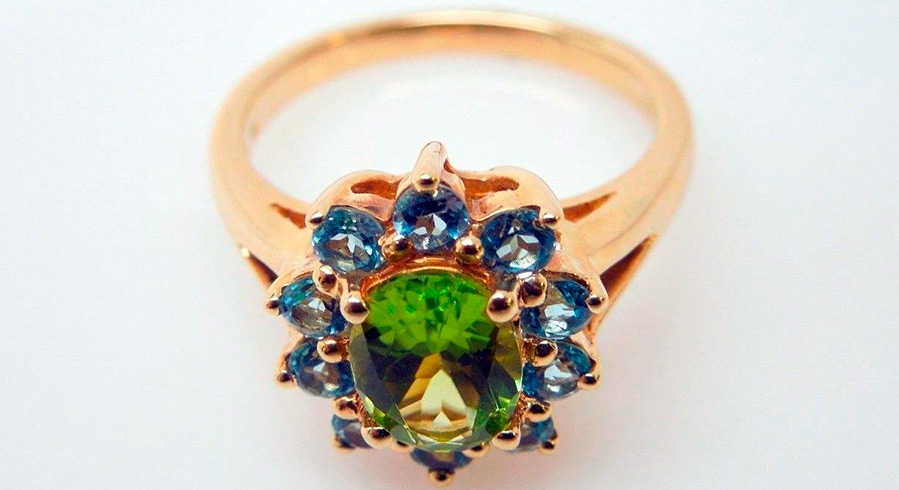
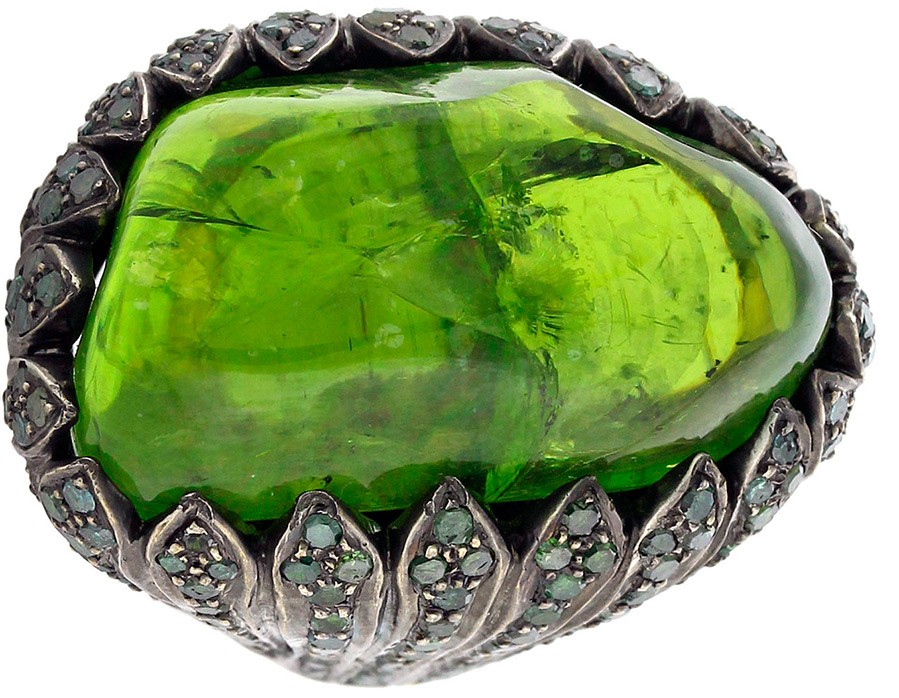
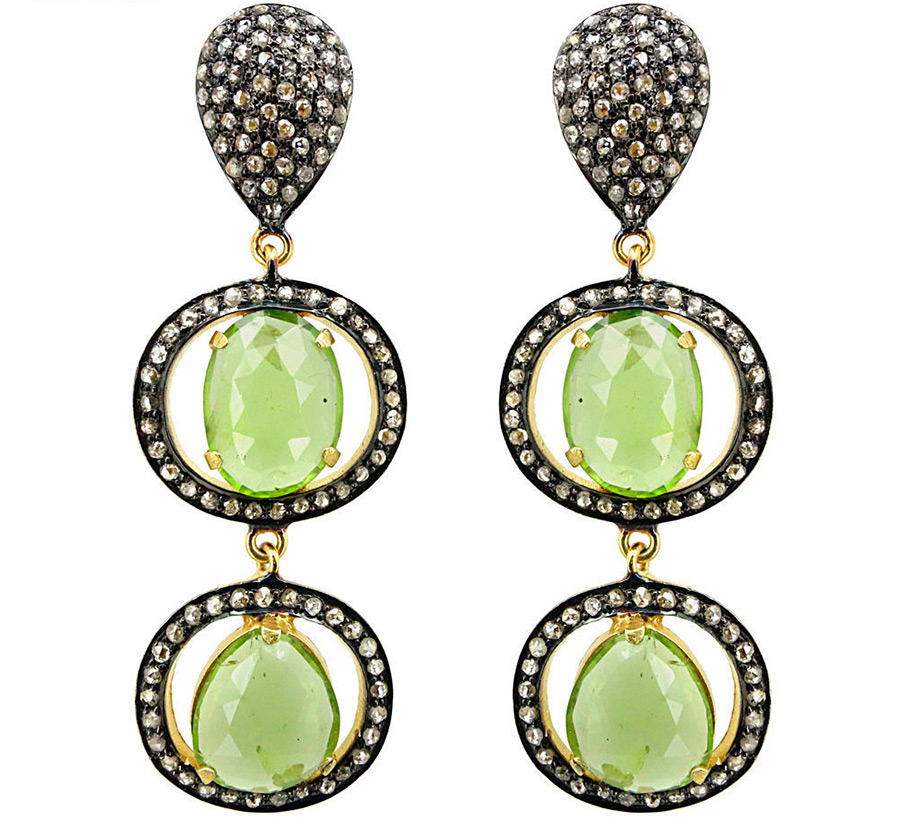
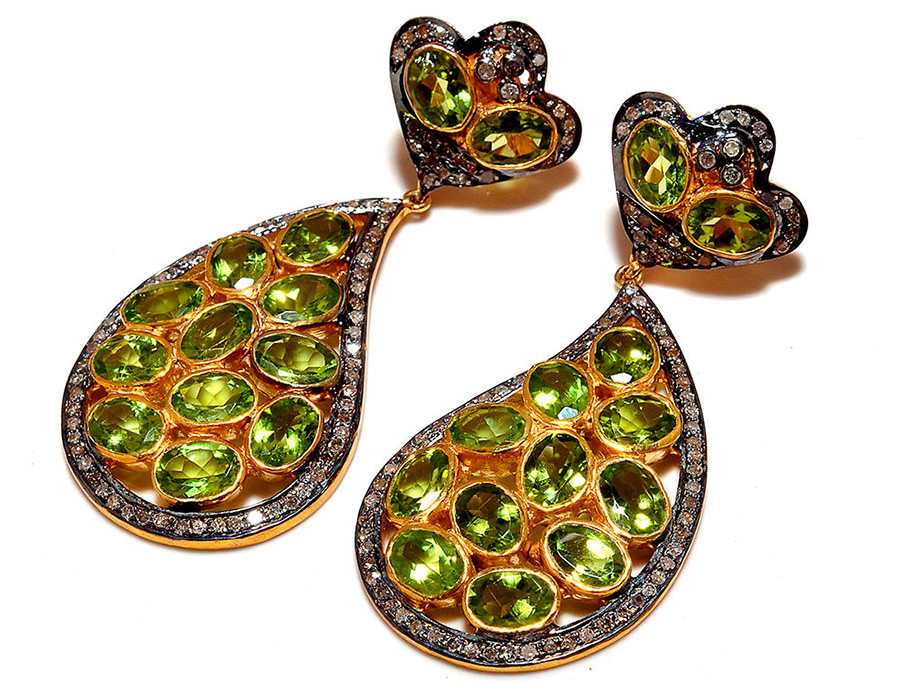
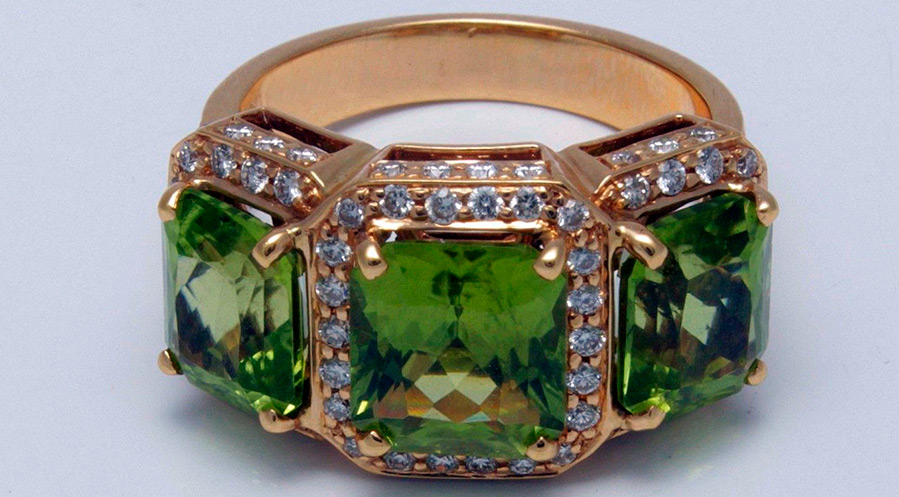
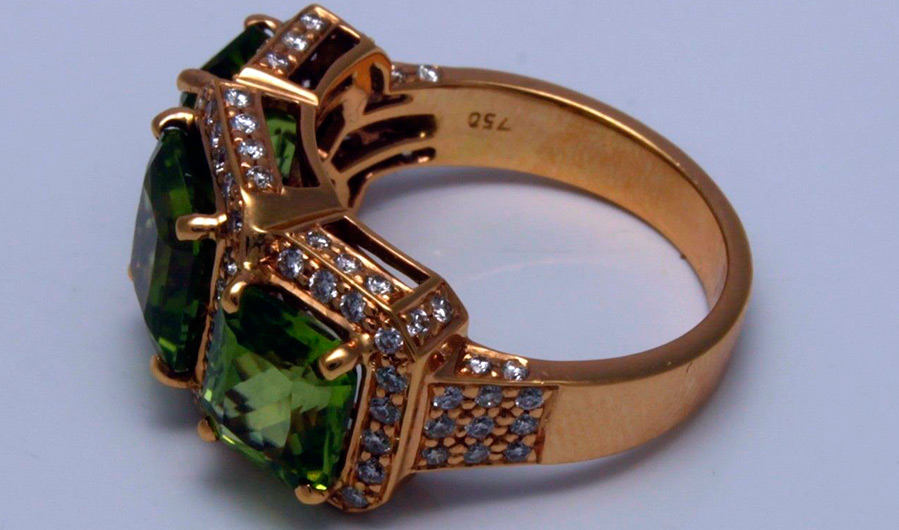
Comments and Reviews
Add a comment
Rating news
Shades of clothing that make women look younger
What shades of hair make women younger: rules and photos
Funny wedding dresses - photos and ideas
12 most expensive down jackets for the winter
How to look 25 at 40: tips from supermodels
Beautiful schoolgirls
Anti-aging haircuts and hairstyles for women
Fashionable skirts for autumn and winter
Fashionable women's trousers for the cold season
Fashionable and stylish sandals for summer 2024
Spring-summer 2024
 Fashionable dresses and tops with thin spaghetti straps
Fashionable dresses and tops with thin spaghetti straps
 Bandana tops: how to wear stylishly and beautifully
Bandana tops: how to wear stylishly and beautifully
 How to put together the perfect men's wardrobe for the summer
How to put together the perfect men's wardrobe for the summer
 Trendy shorts for spring-summer 2024
Trendy shorts for spring-summer 2024
 Fashionable skirts for spring-summer 2024: a guide to online shopping
Fashionable skirts for spring-summer 2024: a guide to online shopping
 The most fashionable dresses spring-summer 2024: styles and colors
The most fashionable dresses spring-summer 2024: styles and colors
 Fashionable total look 2024: image ideas and trends
Fashionable total look 2024: image ideas and trends
